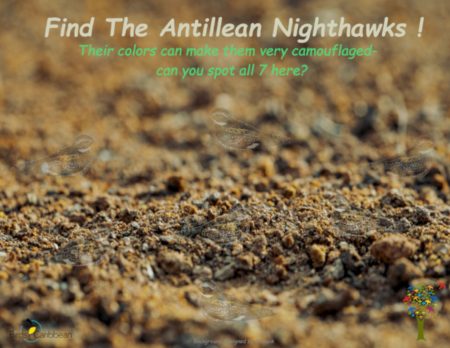Celebrate World Migratory Bird Day (WMBD) with us in our virtual “Birds Connect Our World” edition! Have fun learning about a new migratory bird every day. We have colouring pages, puzzles, activities, and more. Download for free and enjoy nature with your family at home.
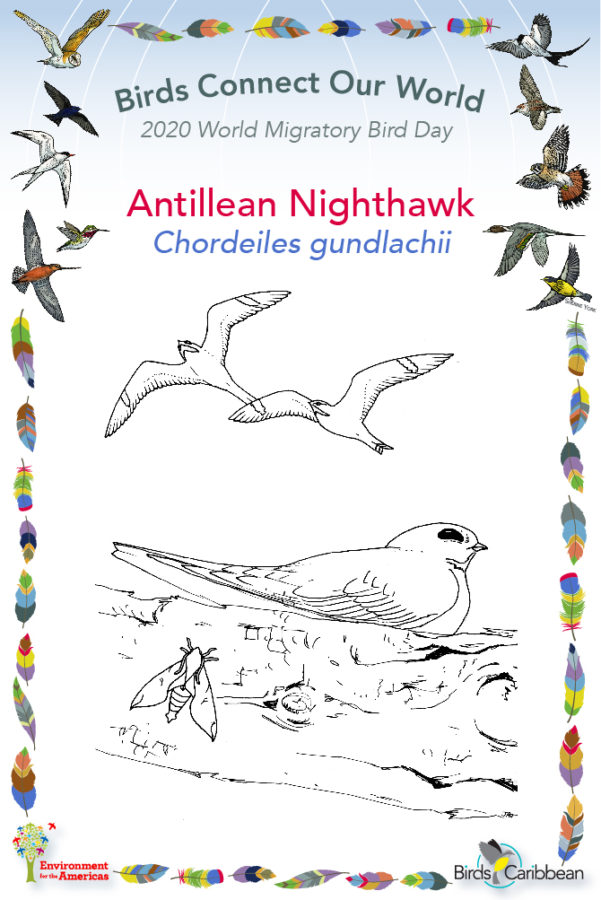
Migratory Bird of the Day: Antillean Nighthawk
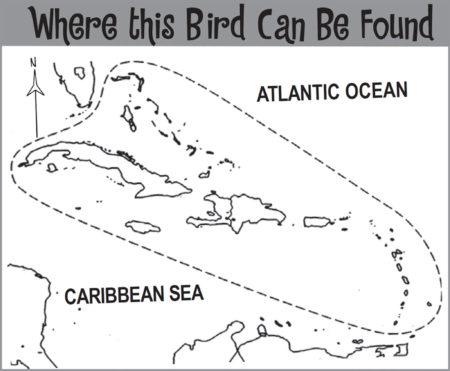
Querebebé! Querebebé! That is the Spanish name for the Antillean Nighthawk, and it is the sound you’ll hear at dusk when these birds take to the sky. (Local names in English-speaking countries are pid-i-mi-dix or gimme-me-bit). Look up and enjoy the show, because there’s nothing that isn’t awesome about Antillean Nighthawks.
Take for example their flight. You might at first think you’re seeing some sort of falcon because of their long, dark, pointed wings and their fast, agile flight. But an obvious white patch on the underside of the outer wing feathers will be the give-away that you’re seeing a nighthawk. And the somewhat erratic flight behavior you observe is the result of this large bird being in constant pursuit of airborne insects—from ballooning spiders to mayflies to mosquitos. To help them catch their aerial prey, Antillean Nighthawks have evolved wide mouths with a specialized jaw that can open both vertically and horizontally, creating a bigger “net.” They also have large and specially modified eyes that allow them to see acutely and in low-light conditions.
Antillean Nighthawks can be found throughout the northern Caribbean islands during their summer breeding season. Outside of that time, however, their whereabouts have remained mysterious. A few years ago in Guadeloupe, however, researchers caught a female Antillean Nighthawk on her summer nest, and tagged her with a solar-powered geolocator. A year later, she returned, and they were able to recapture her. When they downloaded the data of where she’d been during the rest of the year, they discovered that she had headed to South America, where she spent much of the time in the heart of the Brazilian rainforest! Read more about this incredible journey here.
During the day Antillean Nighthawks rest on limbs or on the ground where their mottled brown and gray plumage make them very difficult to see. Your best chance to see them is by taking a walk at dusk, listening for their characteristic call, “Querebebé!”. Learn more about this species, including its range, photos, and calls here.
Colour in the Antillean Nighthawk!
Download the page from Migratory Birds of the West Indies Colouring Book. Use the photos below as your guide, or you can look up pictures of the bird online or in a bird field guide if you have one. Share your coloured-in page with us by posting it online and tagging us @BirdsCaribbean #WMBD2020Carib
Listen to the calls of the Antillean Nighthawk
The calls of the Antillean Nighthawk are a distinctive “pid-i-mi-dix” or “querebebé”, often repeated.
Puzzle of the Day
Click on the images below to do the puzzles. You can make the puzzle as easy or as hard as you like – for example, 6, 8, or 12 pieces for young children, all the way up to 1,024 pieces for those that are up for a challenge!
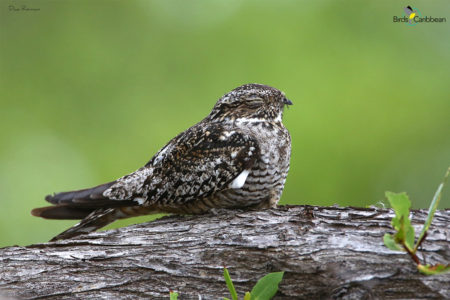
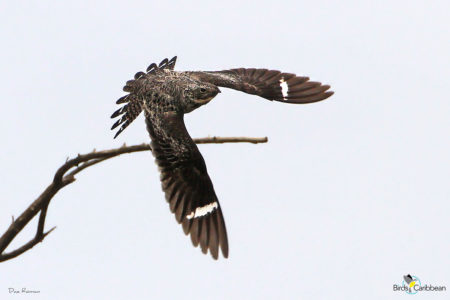
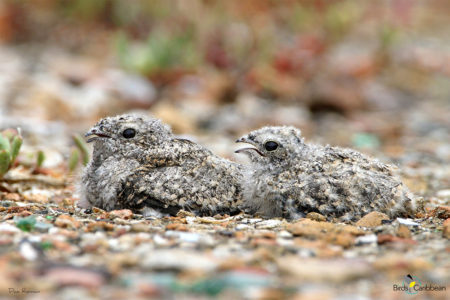
Activity of the Day
FOR KIDS: The colours of the Antillean Nighthawk can make them blend in with their surroundings. Especially when they are sitting on the ground! This make then very hard to see. Can you spot all 7 hiding Antillean Nighthawks? Find the answers here.
FOR KIDS AND ADULTS:
- Take a walk and see if you can spot any migratory birds. Use a bird field guide or the FREE Merlin bird ID app to help you identify the birds you are seeing.
- Enjoy the videos below of the Antillean Nighthawks in the Caribbean! The first shows a bird perched on the branch of a tree, keeping perfectly still, to maintain its camouflage. In the second you can see an Antillean Nighthawk calling from the ground. In the final video you can see what Antillean Nighthawks look like when they are flying.
- Visit MigratoryBirdDay.org for many more free activities and resources to learn about migratory birds, their threats and conservation actions you can take.

